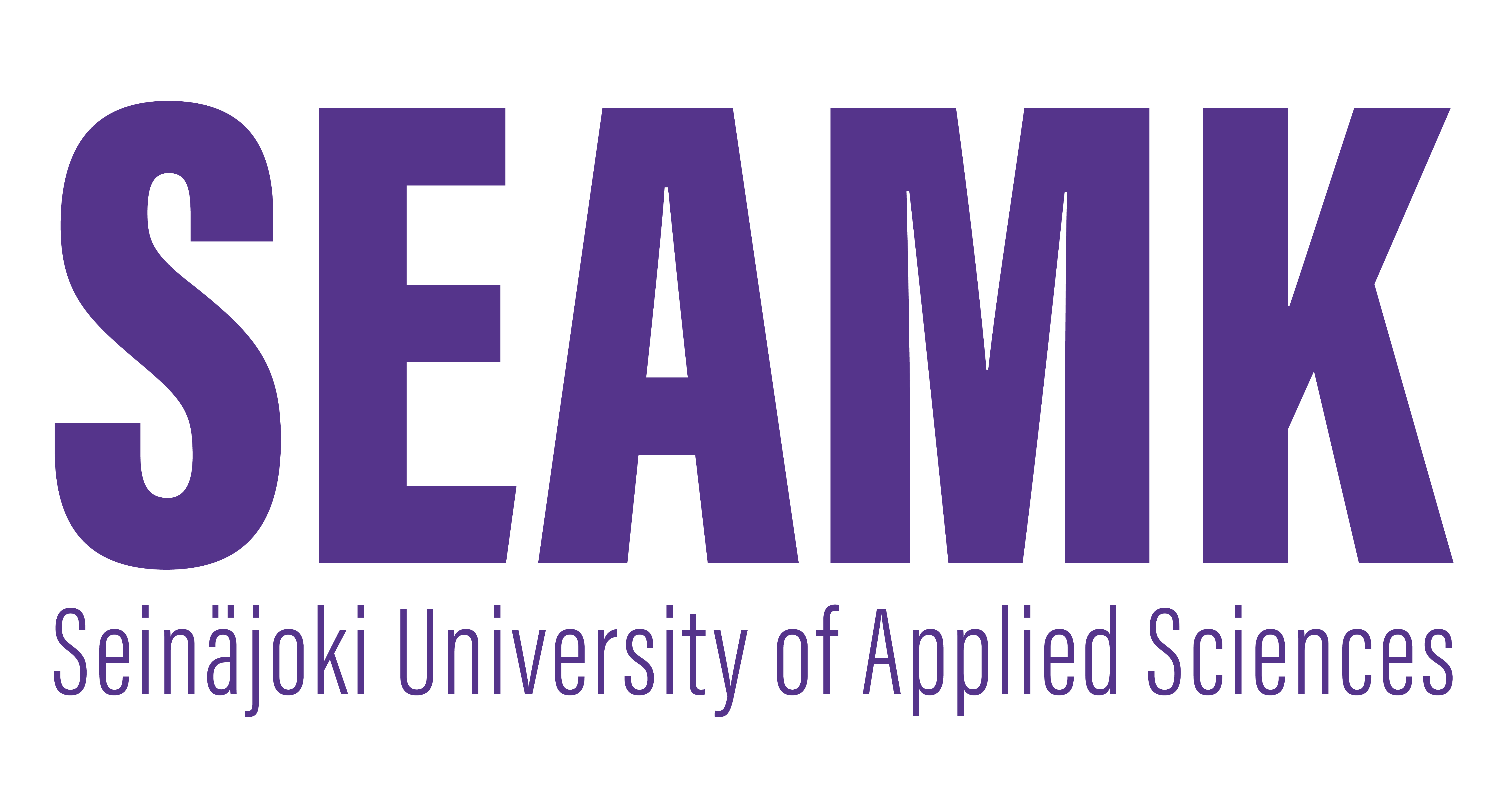Machine vision methods and applications (4cr)
Code: A800CH65-3006
General information
- Enrollment
- 13.11.2023 - 17.01.2024
- Registration for the implementation has ended.
- Timing
- 08.01.2024 - 25.02.2024
- Implementation has ended.
- Number of ECTS credits allocated
- 4 cr
- Local portion
- 1 cr
- Virtual portion
- 3 cr
- Mode of delivery
- Blended learning
- Unit
- SeAMK Automation Engineering and Information Technology
- Campus
- SeAMK Seinäjoki, Frami
- Teaching languages
- Finnish
- Seats
- 10 - 35
- Degree programmes
- Bachelor of Engineering, Automation Engineering
- Teachers
- Juha Hirvonen
- Course
- A800CH65
Evaluation scale
1-5
Objective
After completing the course the student will know the essential machine vision methods and understand their common applications. Application examples are shown in the fields of technology, medicine and biology, to name a few. The student is able to implement image processing and machine vision applications by using OpenCV library and Python programming language.
Content
- Image formation and the structure of the digital image
- Preprocessing algorithms
- Segmentation algorithms
- Morphology algorithms
- Shape and feature detection and identification
- Image transformations
Materials
To be given during the course
Teaching methods
Contact teaching
E-teaching (hybrid)
Exercises
Laboratory exercise
Project work
Student workload
Lectures 24 h
Guided exercise sessions 16 h
Laboratory exercise 10 h
Project work 20 h
Independent study 38 h
Assessment criteria, satisfactory (1)
The student can programmatically read a digital image and perform simple pre-processing and post-processing operations on it, as well as perform simple segmentation. The student knows the basics of the structure of a digital image.
Assessment criteria, good (3)
The student can also analyze a segmented image using different methods and perform measurements from it. The student knows several different pre-processing, post-processing and analysis methods and knows how to apply them. The student has extensive knowledge of machine vision applications and can describe them. The student's programming style is clear.
Assessment criteria, excellent (5)
The student has a strong command of the methods studied in the course and knows how to apply them widely for their own purposes and beyond the applications taught in the course. In addition, the student implements their method very clearly, following a good programming style.
Qualifications
Basics of Programming 1
